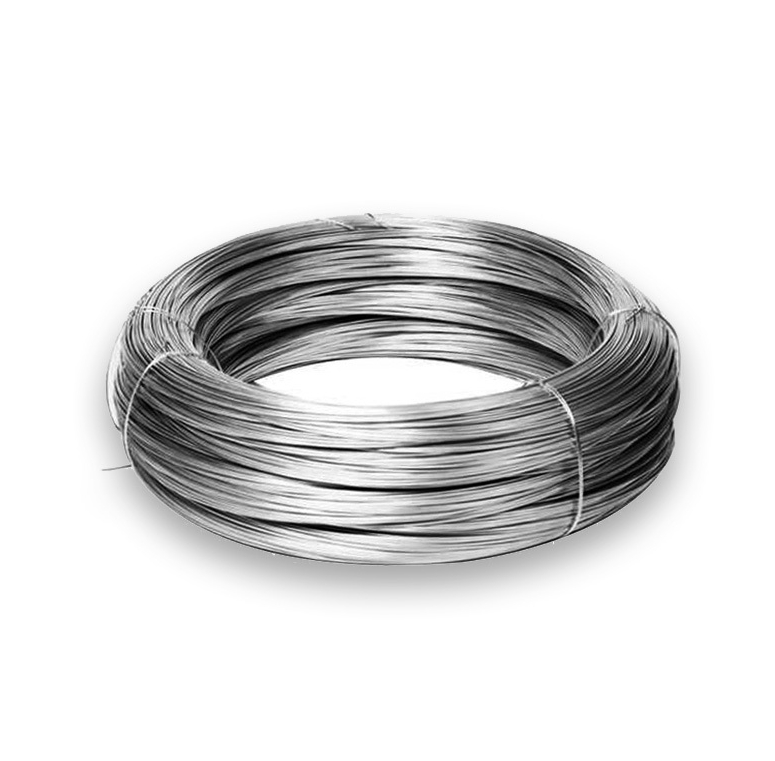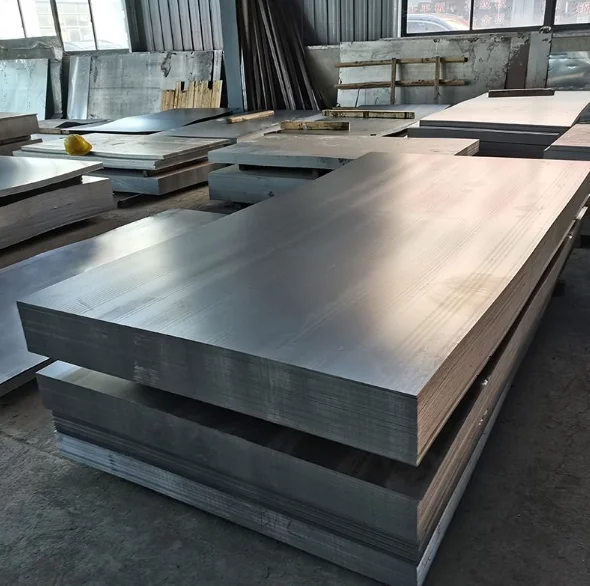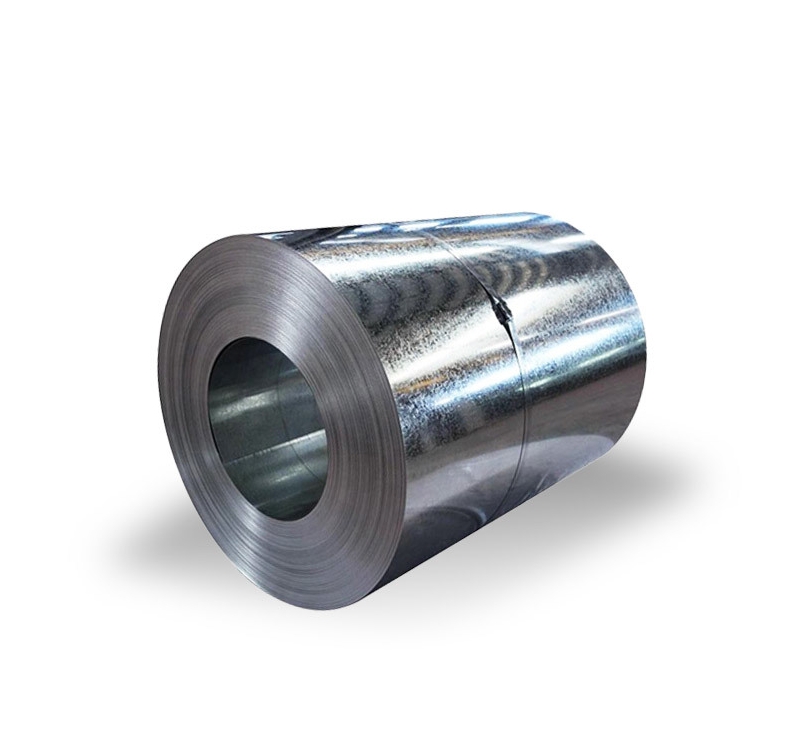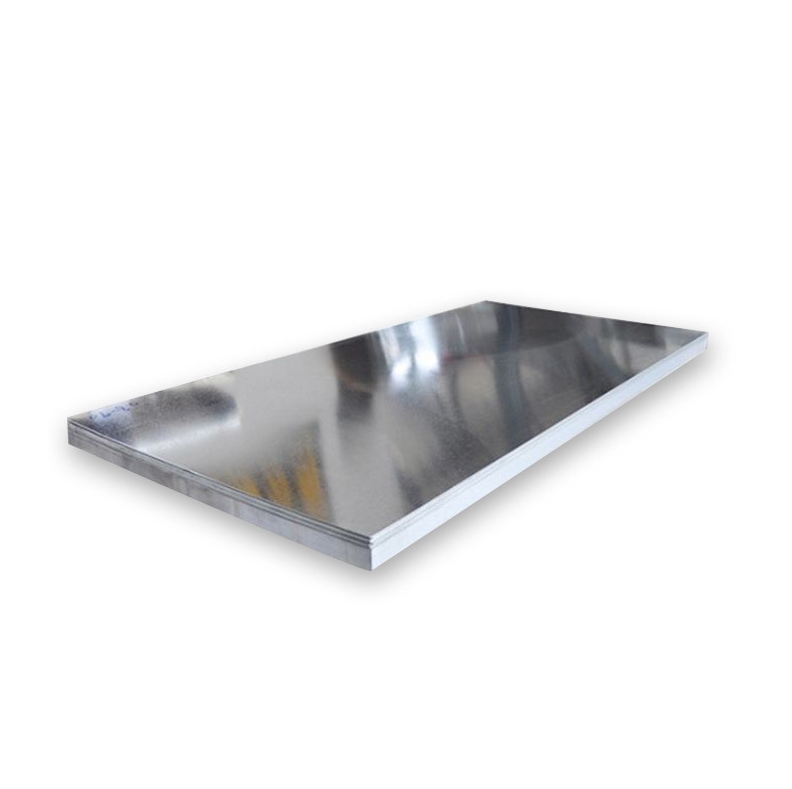In the United States, price per metric ton for common grades (e.g., A36) hit about USD 1,279/ton in Q1 2025, ex‑works Texas (20 mm). That number jumps to around USD 1,168/ton by March 2025 . These figures illustrate volatility—such as $111/ton swings from Q4 2023 to Q1 2024 .
1. Regional Price Comparison
| Region | Price (USD/MT) Q1 2025 | Notes on Cost Drivers |
|---|---|---|
| United States | 1,168 — 1,279 | Domestic tariffs, scrap cost, consolidated mills |
| China | 5,151 | Export glut offset by lowered domestic demand |
| India | ~655 | Cheaper labor, limited export margins |
| Japan | 785 | Moderate demand, high labor/energy |
2. Country-by-Country Analysis
2.1 United States
Tariffs have shifted dramatically this year. After rising scrap prices (~USD 349/ton by Feb 2025) and the Trump administration’s 50% steel tariff (effective June 4, 2025), domestic price levels held firm. For example, Nucor increased plate prices by USD 40/st (≈USD 44/ton) in March. Historically, large swings occurred: U.S. plate dropped ~$480/ton from early 2024 to late 2024, then rebounded in Q1 2025 .
2.2 China
China’s steel surplus is central. Prices plunged from export‑led oversupply, though recent policy curbs—like pausing new mill approvals—are stabilizing prices. But still, plating at ~USD 5,151/ton, China trades far below U.S., calling into question export profitability and triggering global backlash.
2.3 India
Indian plate at USD 655/ton reflects productivity gains, low wages, yet is pressured by Chinese dumping—imports ~10% cheaper—triggering industry distress . India launched anti‑dumping probes to defend producers, though export volumes remain modest.
3. Future Cost Trends (2025–2028)
Will prices fall, or remain high?
-
In the U.S., tariffs remain unpredictable due to political shifts. Domestic consolidation—e.g., Cleveland‑Cliffs, Nucor—and rising scrap costs suggest prices may stay firm.
-
Globally, IMARC projects steel‑plate market growing ~2.47% CAGR from 2025 to 2033, indicating modest increases.
-
Energy transition might raise production costs (e.g., decarbonization via EAFs like BlueScope’s North Star works).
-
Macro risks—global GDP trends, infrastructure spending, post‑COVID demand bursts—could shift prices by ±10–15%.
By 2028, I anticipate moderate price increases, tempered by new mills in India (~40 MT capacity by FY26) and global decarbonization policies.
4. Cost‑Influencing Factors
-
Raw materials – scrap (~USD 349/ton) and iron ore (~USD 105/ton) for HRC.
-
Energy & labor – energy-intensive production; labor rates vary widely (e.g., China vs. U.S.).
-
Trade policy – tariffs have added 40–50% to U.S. import costs; likewise, India counters dumps with duties.
-
Grade/spec – higher performance grades (e.g., A514, abrasion‑resistant) cost 10–35% more than standard A36.
-
Capacity/utilization – regional overcapacity in China suppresses prices.
-
Logistics – mill lead‑times 3–9 weeks impact cost and stock carry.
-
Environmental compliance – decarbonization investments raise per‑ton costs.
5. Cost‑Saving Strategies
-
Mill‑direct procurement/long‑term contracts – ensures stable pricing and avoids spot volatility.
-
Material optimization – consider lower-grade plate or thinner thickness if performance allows.
-
Secondary sourcing – leverage Indian/Chinese imports where duty-free or lower tariff applies.
-
Inventory management – staggered buying to average out spot highs/lows.
-
Process efficiency – reducing scrap through yield improvement, lean manufacturing.
-
Alliances – group buying consortia reduce transaction costs; utility-scale EAF partnerships yield energy savings.
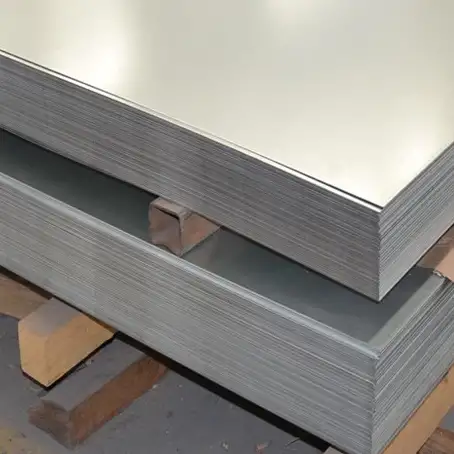
6. Case Study: Midwest Bridge Fabrication, U.S.
In late 2024, a U.S. bridge‑builder faced 10,000 tons of A572 plate for a span rebuild. Spot price was USD 1,200/ton. I advised locking a six‑month contract at USD 1,150/ton—yielding USD 500,000 saving. Then, we specified alternative supplier in Mexico (duty‑exempt via USMCA). The project completed 8 weeks ahead—shorter lead‑time improved cash flow, and quality audits ensured spec compliance.
7. FAQs
Q1: What is the cost difference between A36 and A514 plate?
– Typically 10–35% higher for A514, due to alloying and quenching costs.
Q2: How do scrap prices affect plate cost?
– Scrap (~USD 349/ton) accounts for ~60% of input costs; fluctuations of $10/ton scrap shift plate price by ~$17/ton.
Q3: Can U.S. buyers import Chinese plate?
– Possible only via waivers; current 50% tariff (effective June 2025) blocks economic import.
Q4: Is Indian steel plate reliable in quality?
– Major producers like JSW follow ASTM/EN standards, but verification via mill certifications is essential.
Q5: What’s a reasonable lead‑time for plate orders?
– West Coast mills: 3–5 weeks; East Coast: 7–9 weeks including rail.
⚙️ Conclusion
In short, carbon‑steel plate cost depends on raw‑materials, trade policy, spec, demand/supply balance. U.S. stands at $1,168–1,279/MT Q1 2025. China’s pricing remains low, India sits in mid‑range. Moderate price growth (2–5 % CAGR) appears likely through 2028, though geopolitical or energy shifts could push it further. Cost savings lie in smart procurement, spec optimization, and global sourcing flexibility.



